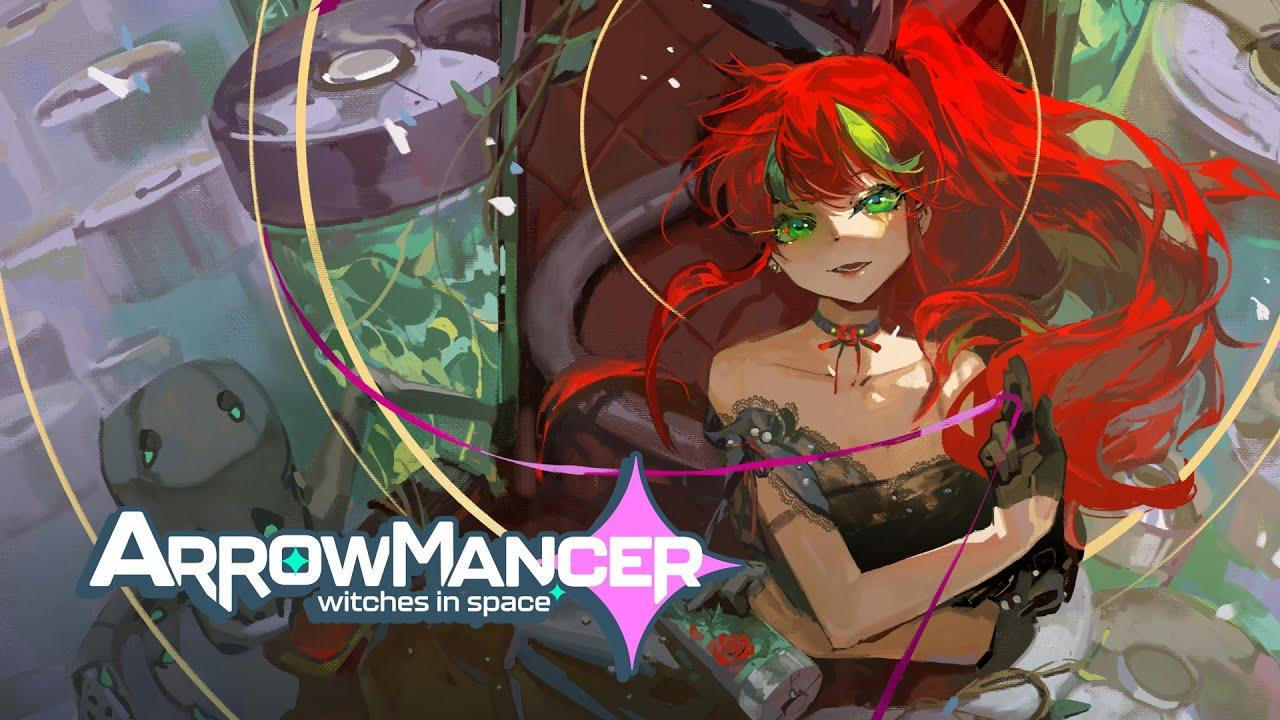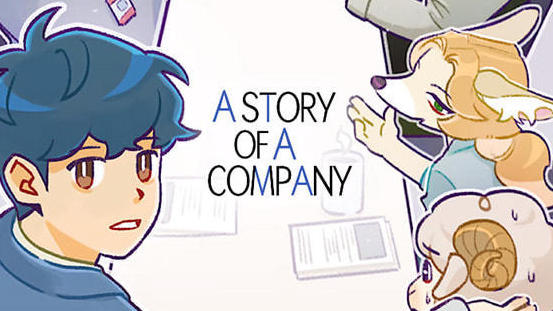DeLight – The Journey Home Review: A Tale of Two Chapters
3K View2022-06-23“War is hell.”
That pithy quote was said a long time ago by a general who almost no one remembers these days. Regardless of whether they are citizens or soldiers, almost everyone living through a war is rattled to their core. While it certainly is possible to live “peacefully” during wartime, not everyone is so lucky. To have a handicap such as blindness would certainly add to the difficulty of life in war. This is depicted with much depth in the game DeLight: The Journey Home.
Living day-to-day isn’t the only issue in a country ravaged by war. DeLight shows us exactly how one individual makes an effort to survive. And if I could sum up my entire experience with DeLight: The Journey Home‘s two available chapters so far, it’s that the narrative is much more ambitious and stronger overall than the actual gameplay. It’s not exactly complex or subversive, but the game’s narrative is certainly its strongest point.

Players assume the role of a blind girl named Sammy who embarks on a journey to reunite with her parents in this time of war. Her only companion is a stray dog with the curious moniker of Deli. The odd thing here is that Sammy doesn’t actually start her journey blind. The game’s first chapter is a slickly disguised tutorial, as I started the game with Sammy on a seemingly normal day, playing a game of hide-and-seek. While her friends hide, Sammy wears a blindfold, foreshadowing the fact that she will later lose her sight.
While playing this child’s game, an ominous vibe brews prevalently in the background; people in the park seem anxious and are talking about preparing for something that is looming. It’s only later that the game drops an almost literal bombshell on Sammy and the player: A war has just broken out in their country. In an effort to escape the conflict, Sammy and her grandfather flee to where Sammy’s parents are living...and apparently are safe.

I’m a spoiler-free kinda guy, so I won’t ruin any further plot beats here, but the ending of chapter one left me emotionally devastated. It’s not on the same level as something like Grave of the Fireflies, mind you, but it’ll hit you in the feels for sure if you have a soul of any kind. The atmosphere and music contribute to the immersion and emotions conveyed by the characters. Unfortunately, the game suffers by not featuring voice acting of any kind.
The first chapter took me around forty-five minutes to complete, while chapter two took me in the neighborhood of two hours. Despite that difference in length—or rather in part because of it—the first chapter was superior. The tone and atmosphere of that first bit of game stood out, especially compared to chapter two’s padded nature.

The sometimes frustrating gameplay offered in DeLight: The Journey Home also doesn’t help. The core gameplay mechanic is controlling Sammy through the levels as she is guided by her dog. Since Sammy is blind, the player’s vision is impaired as well. This means that the player’s line of sight is limited to a small area around her. That’s where Deli (still iffy on that name) comes into play. The dog guides the player where they have to go.
Imagine a perpetual fog all around you, limiting your vision to only what’s in close proximity at all times. That’s what you’re working with here, and this mechanic works just fine in the introductory chapter. I didn’t have much of a problem navigating the self-contained park and subway station.

However, the lack of sight becomes something of an issue in chapter two, where players are restricted to the interior of a school building. Since the game wants players to be immersed in the sensation of being blind, DeLight: The Journey Home doesn’t feature any HUD to help players. That also means no mini-map or visual markers of any kind to aid you along the way. I would have loved something akin to the Soliton Radar, sublimely introduced to greatly improve the stealth sequences in Metal Gear Solid.
Unlike chapter one, which featured well-defined objectives in self-contained levels, chapter two has Sammy traipsing about the school interacting with a bunch of people—becoming an Animal Crossing-esque delivery person in essence. All you really do in the second chapter is bounce back and forth from NPC to NPC doing your best to complete inane fetch quests.

These activities wouldn’t have become such laborious tasks if I could easily navigate my way through the school. However, the game desires to put you in the shoes of a blind person, so you’ll have to memorize the layout of the school to know where to go on these abundant fetch quests.
By way of example, I began chapter two in a room in the school then went around to several NPCs located in multiple other rooms, which took a good deal of effort, because it’s hard to remember the layout of a location when you can only see what’s two feet in front of you at all times. It’s quite vexing that due to the lack of indicators of any kind, I couldn’t recall where the original room (where I started chapter two) was when I needed to get back there to end the day by sleeping.

I wasted a ton of time going from room to room just to find that first room again. I essentially spent almost the entirety of the two hours playing chapter two just trying to find the correct room and the correct NPC to talk to. There was only one stealth section in chapter two where I actually had to use Deli to sneak past an NPC. In comparison, chapter one had me sneaking past several soldiers, providing more drama in its gameplay despite being less than half the length.
As an additional gameplay wrinkle, DeLight: The Journey Home also features dialogue choices and actions with consequences. However, there’s too few of these choices, and they’re not the main thrust of the gameplay as they are in other narrative-driven games. Maybe this mechanic will be explored more thoroughly in further chapters of the game when they are ultimately released, but for now they are underwhelming.

I would like nothing more than to recommend DeLight: The Journey Home, as it has some commendable elements, but I just cannot in good conscience. As it stands now, only two out of five planned chapters are available, and unfortunately, they’re not equal in quality. My suggestion is to sample chapter one of the game. It’s free to play, and it is more elegantly designed than chapter two...which you have to pay for. It is my sincere hope that chapters three through five of DeLight shape up to be more like the first chapter and less like the second.
SCORE: 2 STARS OUT OF 5
PLAY IF YOU LIKE:
• The Metal Gear Series. Try DeLight: The Journey Home if Hideo Kojima’s splendid tactical espionage action series is your bag.
• The Telltale Games Series. DeLight: The Journey Home may not be quite as narrative-focused as the various Telltale offerings (The Walking Dead, The Wolf Among Us, and many more), but its overall design scheme is in the same ballpark.
Have you played DeLight: The Journey Home? Let us know what you think of it in the comments!
CHECK OUT SOME OTHER RECENT REVIEWS FROM TAPTAP:

Arrowmancer Review: Waifu Witches...in Space | TapTap
https://m.taptap.io/post/1537379

A Story of a Company Review: Not Your Average Office | TapTap
https://m.taptap.io/post/1535538

Undergrave Review: The Hardest Strategy Game I've Ever Played | TapTap
https://m.taptap.io/post/1531711
Mentioned games
Comments
TapTap looks better
on the app







this game is good
2022-08-03
Author likedYeah, and hopefully the next chapters will be even better!
2022-08-03
you are good at the game
2022-07-14
Author likedI suppose...😏
2022-07-15
It's really too bad about that second chapter, because I feel like the overall concept of dealing with blindness during wartime is fascinating and pretty unexplored in gaming (and really in media in general). Here's to hoping the remaining chapters bump the quality up!
2022-06-24
Author likedYup...I hope that happens too!
2022-06-24